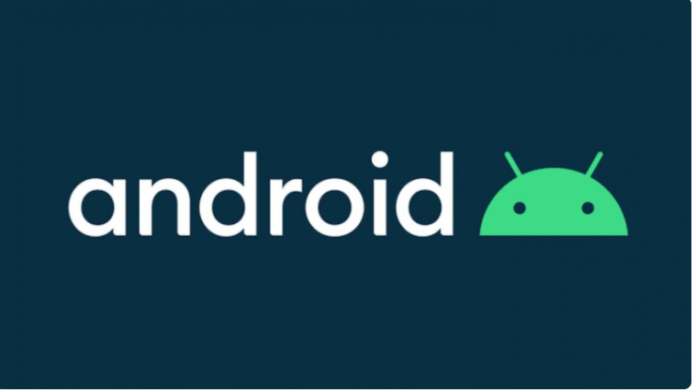Whether you’re looking for an easy way to control the Android devices in your company or a more comprehensive solution, there are some important things to consider. Regardless of your business needs, there is an Android management solution for you. Using an MDM for Android allows you to easily manage every aspect of your mobile device management. Listed below are the steps necessary to set up an MDM. Hopefully, these instructions will help you get started!
Publish private applications in Google Play Console – If you’re using an Android management system, you’ll need to publish your applications to Google Play Console. You’ll also need an account with Google Apps. This account can be created from the Google website and will allow you to manage Android devices from a central location. Creating a Google Apps administrator account is easy and will allow you to easily deploy your apps to multiple devices.
Managing devices with Android management can be quite easy. Among the features of the system is the ability to manage the device enrollment process. This feature enables IT to restrict which apps can be installed on the device and which can’t. It also helps you segment devices based on corporate and personal ownership. By managing users’ profiles, you can manage in-house and Play Store apps. You can also monitor the status of applications that you’ve installed on the devices.
Once your device has been configured with Android management, you need to publish your private applications in Google Play Console. After publishing, make sure that they are tagged as enterprise apps to prevent malicious apps from being installed on company-owned devices. In order to use Android management, you should be using a 5.0 Lollipop or later version of Android. After you’ve installed the application, you must publish it on Google Play Console to enable it.
Android management solutions are ideal for businesses that want to protect their employees’ privacy while still allowing them to bring their own devices to work. By setting up an MDM, you can easily control all the apps on a company-owned device. In addition to limiting user access, the system also gives you more control over the mobile experience of employees. It provides you with great flexibility when setting up your Android devices. If you’re looking for an effective MDM for Android, you can contact ManageEngine and request a free trial.
After a mobile device administrator has configured the system, they can enroll their devices on the Android Company Portal. They must also connect to their company’s Google Play account to the portal. Additionally, the administrator must block any personally-owned devices from enrolling in their personal work profiles. These steps will help you set up your Android management system. Then, you’ll need to set up your policies for Android in your organization.
The first step in setting up an Android MDM is to configure a device policy. You’ll need to configure the policy settings. You can set the policy to control how devices are used by your employees. You can assign a certificate to an employee or a company device and then manage it from the security policy. This will give you more control over your Android devices. Managing the device policies is a vital part of the MDM process and you’ll need to know how to implement them properly to maintain a secure environment.
Next, you should set up your Android management system. You’ll need an Android management API token. This is the code that will enable you to control the devices in your company. You’ll need it to manage Android devices. If your company already uses the Android Manager API, then you’ll need to configure it to your needs. If you’re a developer, you can use the managed Google Play iframe.
Android MMS API allows you to manage all of the apps on your devices. It uses a policy-based approach and supports two primary methods of app distribution: adding an app to a device’s managed Play store app, or remotely pushing it to the device. For this, you need to configure Android management API. This will allow you to manage the apps on your company’s devices. When you install the Android MMS, you’ll need to set up the apps on the management API.
Also Read: Content://com.avast.android.mobilesecurity/ temporarynotifications








